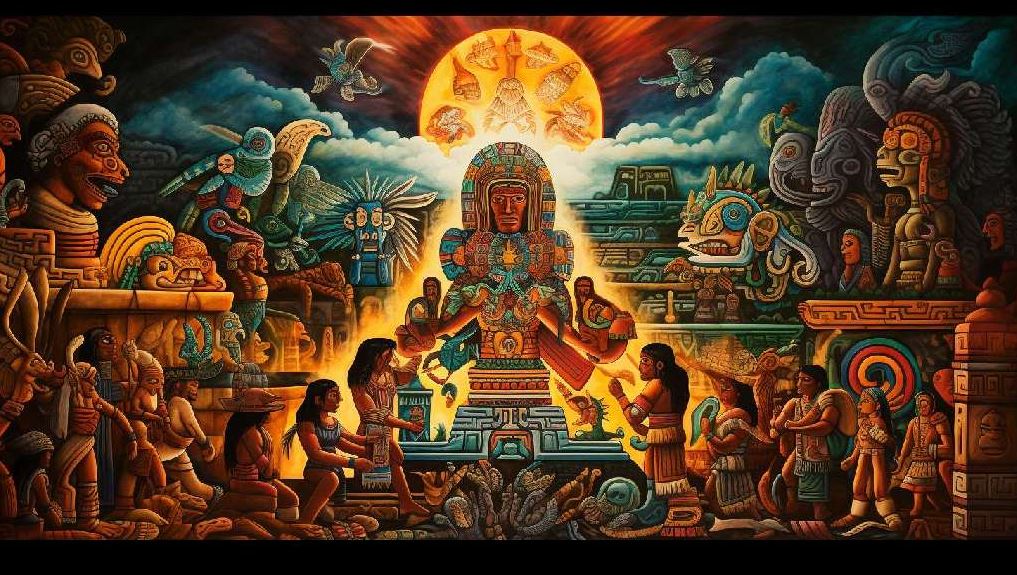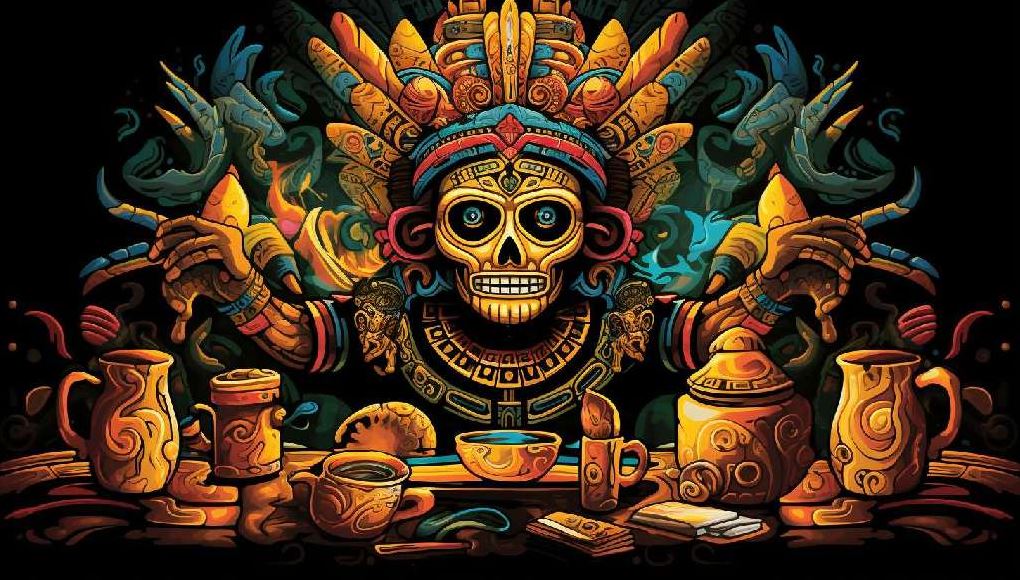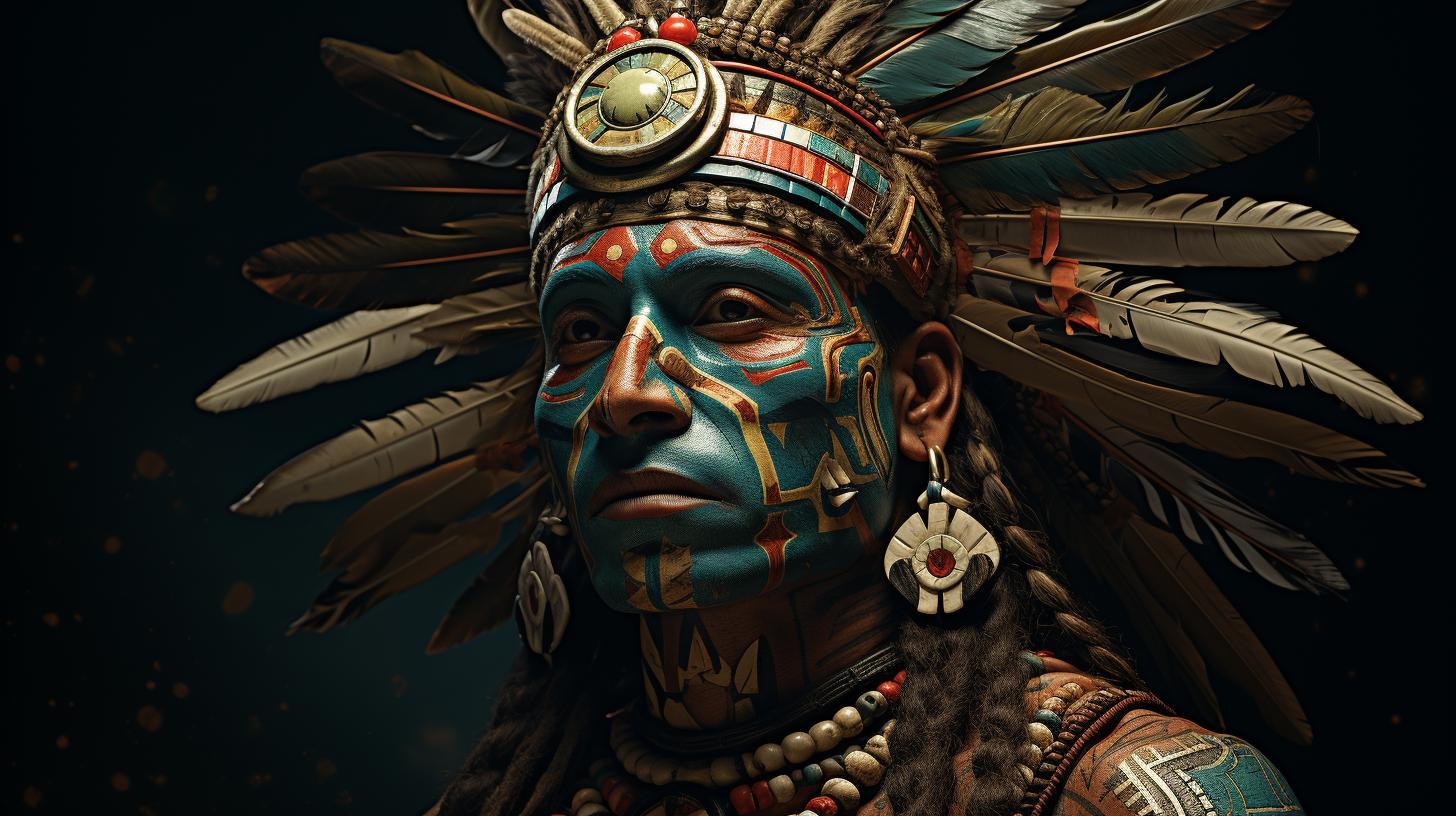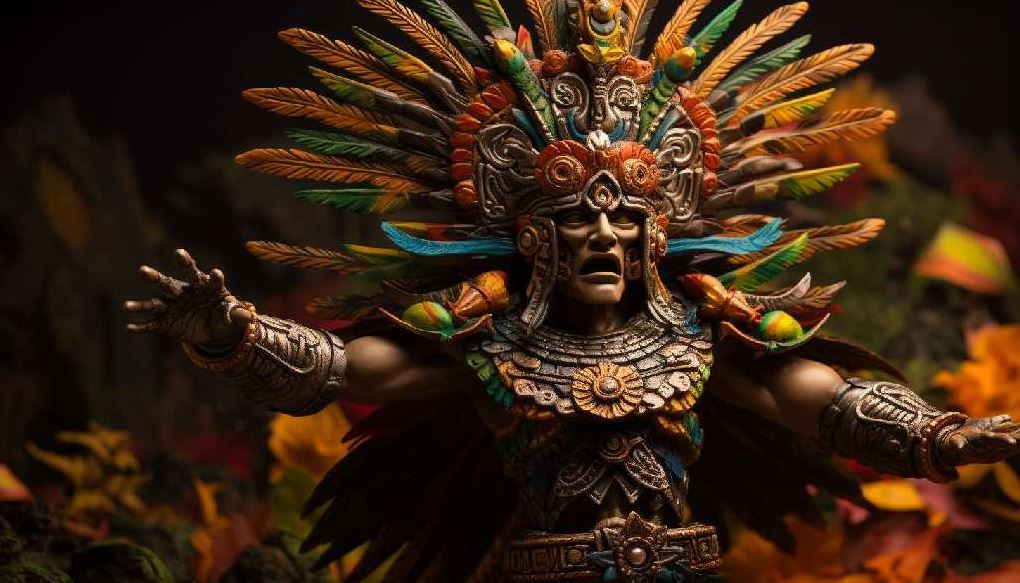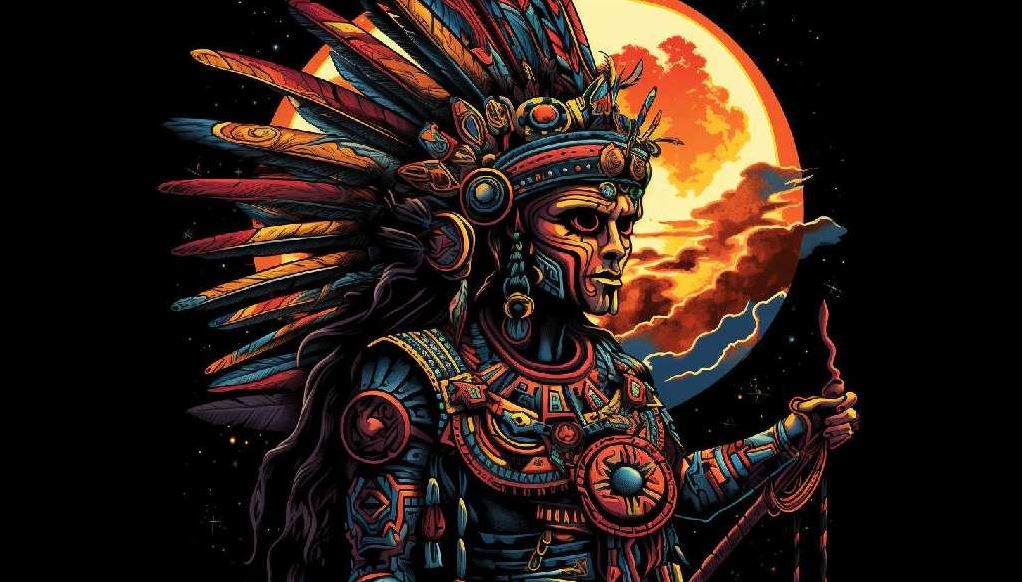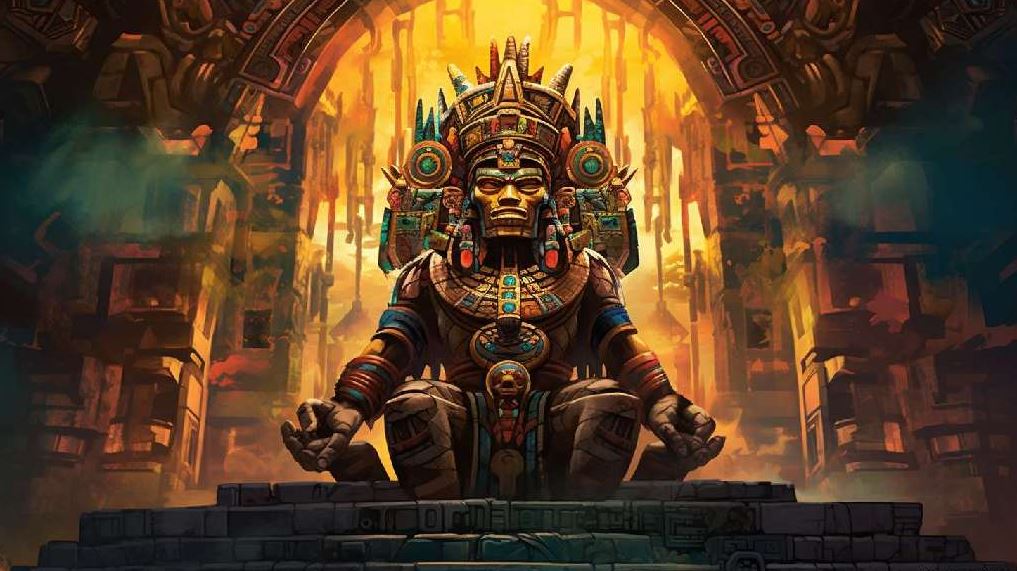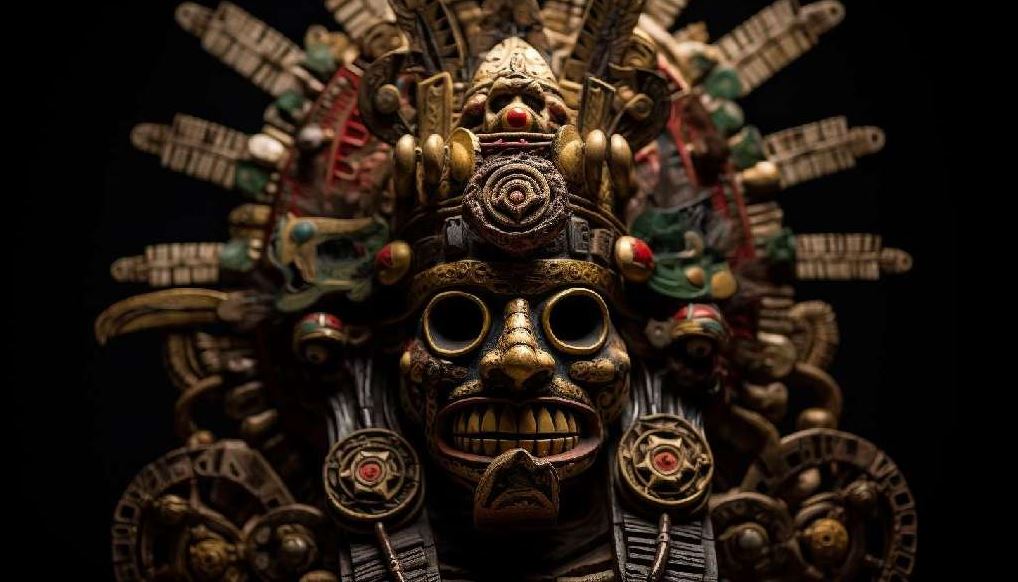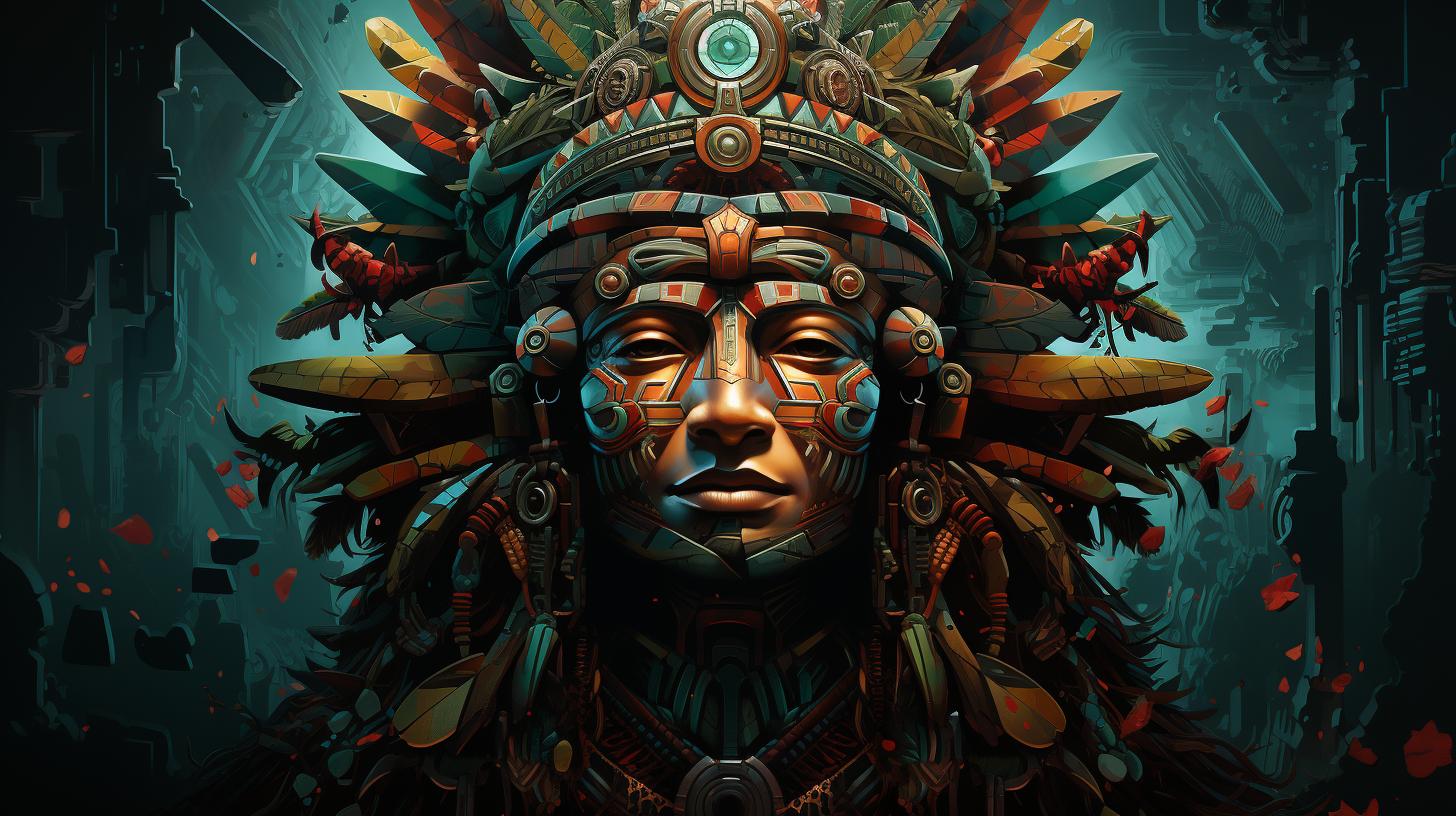Cinteotl: The Aztec Deity of Corn and Mesoamerican Agriculture
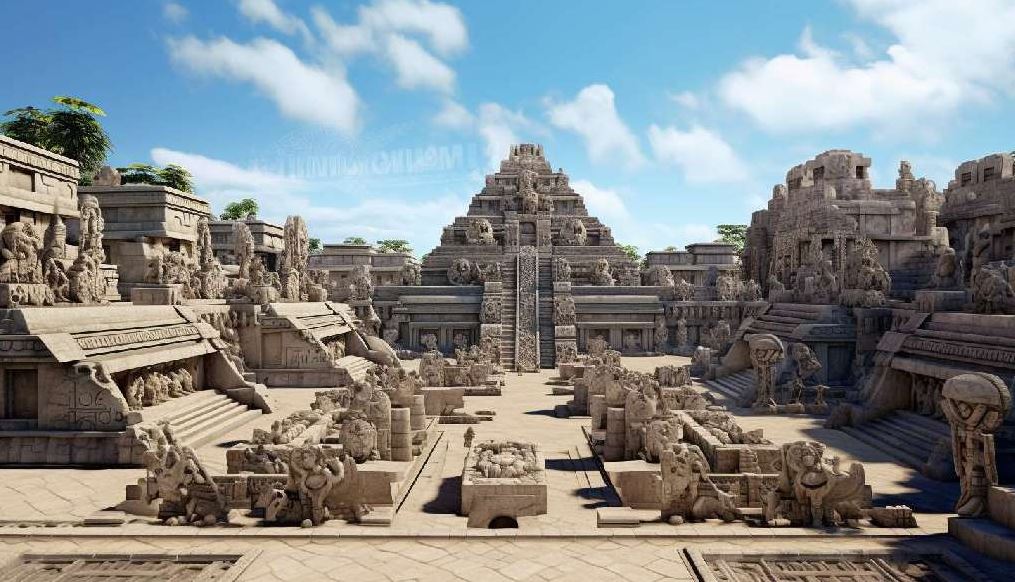
Cinteotl, the Aztec deity of maize and agriculture, holds deep significance in Aztec mythology. As a god/goddess, Cinteotl played a vital role in the cultivation of maize and other vital fruits of Mesoamerica.
This deity’s associations extended beyond the Aztec culture, with roots dating back to the Olmecs and Mayans. Worship and rituals dedicated to Cinteotl involved festivals, ceremonies, and sacrifices to ensure bountiful harvests.
Legends surrounding Cinteotl include the gift of corn to humanity by the deity Quetzalcóatl and Cinteotl’s journey to the underworld to acquire additional agricultural resources. In Aztec society, Cinteotl represented royal connections and had a strong presence in artistic representations and cultural practices.
Cinteotl: The Aztec Deity of Maize and Agriculture
Welcome to the fascinating world of Cinteotl, the esteemed Aztec deity associated with maize and agriculture. In Aztec mythology, Cinteotl holds immense significance and is revered for their role in providing sustenance and fertility to the Mesoamerican cultures.
Explore the origins, symbolism, and cultural connections of this divine figure as we delve into their captivating story.
Origins and Significance of Cinteotl in Aztec Mythology
Cinteotl’s origins trace back to ancient Aztec civilization, where they emerged as a central figure in the pantheon of deities. Revered as the god/goddess of maize and agriculture, Cinteotl embodied the essence of life and reproduction.
Their name, which translates to “Lord of the Maize Cob” or “the Dried Ear of the Corn God,” reflects their crucial role in sustaining the people through bountiful harvests.
As one of the most revered deities, Cinteotl symbolized fertility, abundance, and regality in Mesoamerican cultures. They were often associated with an older Mesoamerican deity worshipped by the Olmecs and Mayans, depicting the vast influence and continuity of their divine presence.
Cinteotl’s Role as the God/Goddess of Maize and Agriculture
As the god/goddess of maize and agriculture, Cinteotl played a pivotal role in sustaining life and ensuring prosperous harvests in Aztec society. They were considered the primary source of fertility and abundance, embodying the intertwining forces of nature and humanity in Mesoamerican cosmology.
Their unique dual aspect, blending masculine and feminine energies, signifies the encompassing nature of maize as a life-giving force.
Through mythology and sacred narratives, Cinteotl’s association with maize and agricultural abundance became deeply ingrained in the cultural ethos. Their conceptualization as both a goddess and later as a male deity showcases the evolving interpretations and significance of this divine figure throughout the Aztec civilization.
Associations with Other Mesoamerican Deities
Cinteotl’s profound influence extended beyond their role as the deity of maize and agriculture. They shared interconnectedness with other Mesoamerican deities, emphasizing the belief in a complex pantheon that represented various aspects of life, nature, and cosmic forces.
One notable association is with Quetzalcóatl, the feathered serpent and a prominent deity in Aztec mythology. According to legends, Quetzalcóatl gifted corn to humanity after following a red ant that led to the discovery of its growth location.
This myth serves as a testament to the intertwined nature of Cinteotl and other deities, as they played instrumental roles in sustaining life and civilization.
By exploring the associations between Cinteotl and other deities, we gain a deeper understanding of the interconnectedness of Mesoamerican cosmology and the intricate web of divine beings worshipped by the Aztecs.
Immerse yourself in the rich lore of Cinteotl, the Aztec deity of maize and agriculture, as we continue our exploration in the subsequent sections.
Worship and Rituals Devoted to Cinteotl
Worship and rituals dedicated to Cinteotl played a significant role in the Aztec culture, focused on acknowledging the deity’s importance as the god/goddess of maize and agriculture.
These practices encompassed various festivals, ceremonies, and offerings aimed at ensuring bountiful harvests and honoring Cinteotl’s divine presence.
Festivals and Ceremonies Honoring Cinteotl and Chicomecoátl
Celebrations dedicated to Cinteotl and Chicomecoátl, the goddess of agriculture and fertility, were held to express gratitude for the sustenance provided by maize and other crops. These festivals were marked by vibrant processions, music, and dance performances, showcasing the cultural significance of Cinteotl and the interconnectedness between human life and the abundance of the harvest.
Sacrifices and Offerings to Ensure Abundant Harvests
Sacrifices played a crucial role in worshiping Cinteotl, as they were believed to appease the deity and ensure favorable agricultural outcomes. These rituals involved voluntary acts of bloodletting and the burning of incense, symbolizing offerings of gratitude and devotion.
Additionally, farmers would present offerings of maize and other agricultural produce, expressing their reliance on Cinteotl’s benevolence for successful harvests.
Symbolism of Corn Cobs and Seeds in Religious Practices
Corn cobs and seeds held deep symbolic meaning in religious practices dedicated to Cinteotl. They represented the life force of the deity and the cycle of birth, growth, and sustenance. Rituals involved the use of corn cobs and seeds as adornments, worn as jewelry or used in the creation of intricate designs.
These practices reinforced the belief in the vital role of maize and its association with Cinteotl’s divine power.
Legends and Myths Surrounding Cinteotl
Legends and myths surrounding Cinteotl, the Aztec deity of maize and agriculture, provide a fascinating glimpse into the beliefs and origins of this important figure in Aztec culture.
Quetzalcóatl and the Gift of Corn to Humanity
One prominent legend tells the story of Quetzalcóatl, who bestowed the gift of corn upon humanity. According to the myth, Quetzalcóatl followed a red ant to discover the location where corn grew.
With the knowledge obtained, Quetzalcóatl shared this sacred food source with the people, ensuring their sustenance and survival.
Cinteotl’s Journey to the Underworld and Acquisition of Other Agricultural Resources
Another captivating myth revolves around Cinteotl’s journey to the underworld. In this tale, Cinteotl ventured into the depths to acquire valuable resources for agriculture. It is said that Cinteotl returned with cotton, sweet potatoes, huauzontle (a Mesoamerican vegetable), and the intoxicating drink made from agave known as octli or pulque.
This journey symbolized the divine connection between the underworld and the fertility of the earth.
Cinteotl’s Transformation from a Goddess to a Male Deity
Cinteotl’s transformation from a goddess to a male deity is yet another intriguing aspect of Aztec mythology. Originally depicted as a goddess associated with fertility and childbirth, Cinteotl later transitioned into a male god.
This transformation may have reflected the changing beliefs and perspectives surrounding the roles and attributes of deities in Aztec society.
In conclusion,
Legends and myths surrounding Cinteotl delve into the origins, symbolism, and transformations of this central figure in Aztec mythology. The tales of Quetzalcóatl gifting corn, Cinteotl’s venture into the underworld, and the deity’s transformation from goddess to a male god showcase the intricate beliefs and cultural significance attributed to Cinteotl in the Aztec worldview.
Cultural Significance of Cinteotl in Aztec Society
Cinteotl, as a prominent deity in Aztec mythology, held great cultural significance within Aztec society. This section explores Cinteotl’s association with royalty and the cosmos, the artistic representations of Cinteotl in Aztec architecture and codices, as well as the lasting legacy and influence of Cinteotl in modern-day Mexico.
Cinteotl’s Association with Royalty and the Cosmos
In Aztec society, Cinteotl was closely associated with royalty, symbolizing the divine connection between corn and the ruling elite. The abundance of maize signified prosperity and indicated the ruler’s ability to provide for their people.
Cinteotl’s role as a god of agriculture and fertility elevated the status of rulers, further reinforcing their authority and legitimacy. This divine connection to Cinteotl also extended to the celestial realm, as the deity was often linked to the planet Venus, the morning star.
Artistic Representations of Cinteotl in Aztec Architecture and Codices
Cinteotl’s significance was visually represented in various forms of Aztec art and architecture. Temples dedicated to Cinteotl featured intricate carvings and sculptures depicting the deity with maize ears sprouting from their head.
These representations showcased the importance of Cinteotl in agricultural rituals and emphasized the deity’s role as the provider of sustenance and life. In Aztec codices, Cinteotl was often illustrated alongside other gods and goddesses, reinforcing their position within the pantheon and their crucial role in Aztec cosmology.
Legacy and Influence of Cinteotl in Modern-Day Mexico
Despite the decline of the Aztec empire, Cinteotl’s significance has endured in modern-day Mexico. The reverence for maize remains deeply rooted in Mexican culture, serving as a symbol of national identity and heritage.
The celebration of Dia de Cinteotl, an annual festival dedicated to honoring the deity, underscores the enduring cultural importance of Cinteotl and the connection between agriculture and Mexican traditions. Additionally, the imagery and symbolism associated with Cinteotl continue to inspire contemporary Mexican artists, who incorporate the deity’s representation into their works, keeping the legacy of Cinteotl alive and thriving.
.











